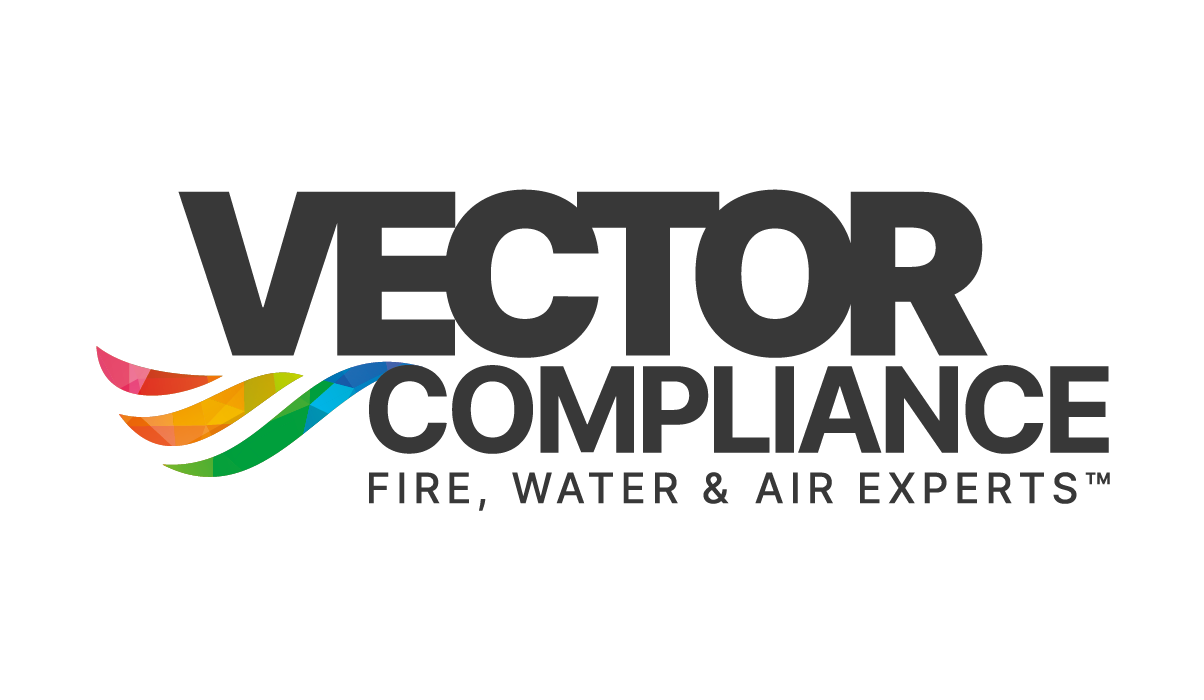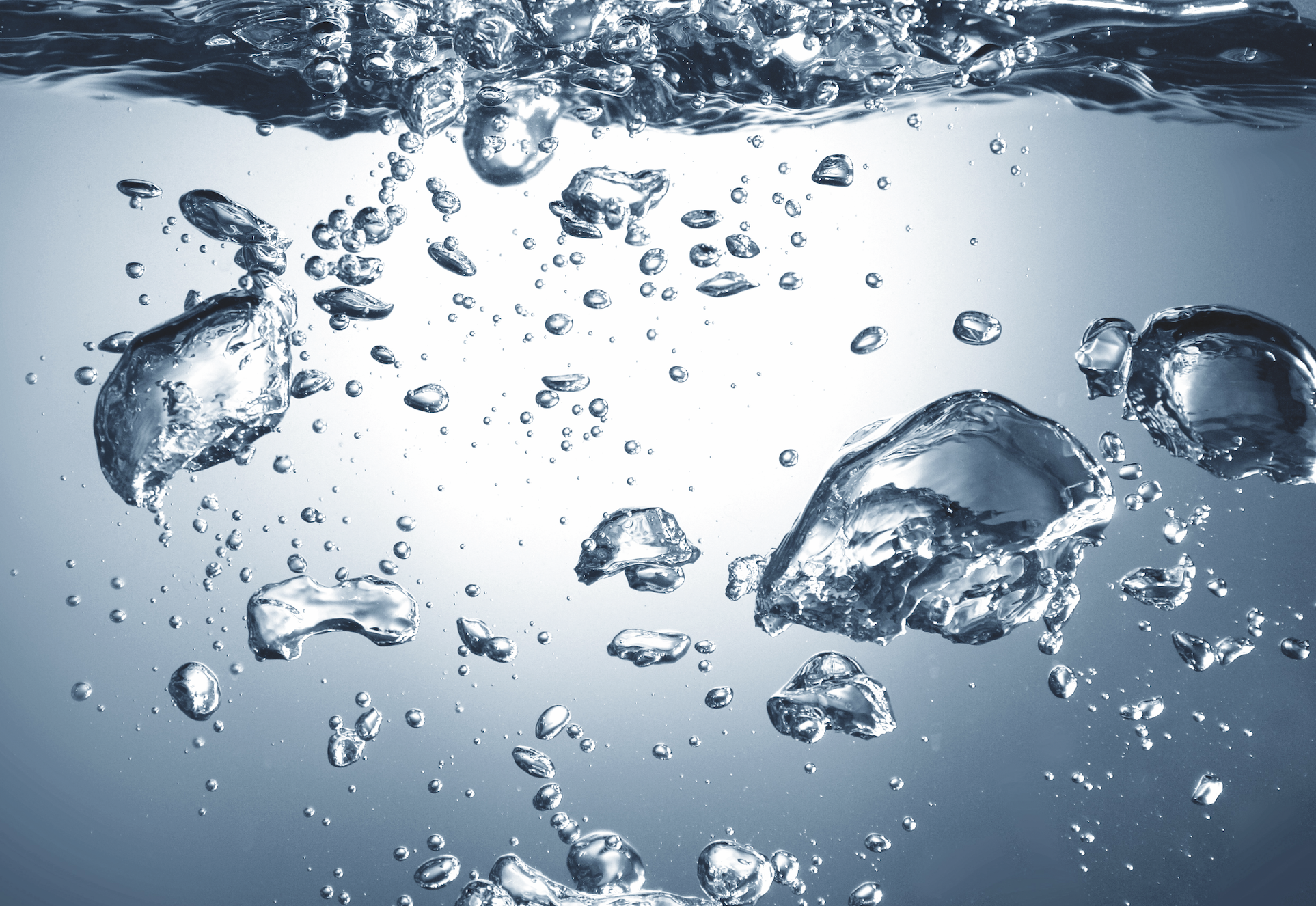Water Hygiene Audits
Water Hygiene Audits - Ensuring Safe and Clean Water Supply
Introduction
A water hygiene audit plays a crucial role in assessing and ensuring the safety and cleanliness of water supplies within various environments. As concerns for public health continue to grow, it becomes imperative for organizations to closely monitor the quality of their water systems. In this article, we will explore the significance of conducting water hygiene audits and the key steps involved in the process.
Importance of Water Hygiene Audit
Waterborne diseases, such as Legionnaires' disease and various gastrointestinal infections, can spread rapidly if water systems are not properly managed and maintained. By conducting regular water hygiene audits, organizations can identify potential risks and implement appropriate control measures to safeguard the health and well-being of employees, customers, and the general public.
Key Steps in Water Hygiene Audit
1. Comprehensive Site Inspection: The first step in conducting a water hygiene audit involves a comprehensive inspection of the entire water system. Trained auditors carefully examine all the components, including water sources, storage tanks, distribution pipework, and water outlets, to identify any areas of concern or non-compliance with established regulations and best practices.
2. Sampling and Analysis: Water samples are collected from various points in the system, including taps, showers, cooling towers, and any other potential sources of contamination. These samples are then sent to accredited laboratories for thorough analysis. Testing may include checks for microbial contamination, chemical composition, temperature, pH levels, and chlorine concentration, among others.
3. Review of Management Practices: Auditors assess the organization's water system management practices, including maintenance records, cleaning schedules, risk assessments, and staff training protocols. By reviewing these practices, potential areas of improvement or negligence can be identified, enabling organizations to implement appropriate corrective measures.
4. Risk Assessment and Remedial Actions: Based on the site inspection findings and laboratory analysis results, auditors conduct a risk assessment to evaluate the potential health risks associated with the water system. Any identified risks and non-compliances are documented in an audit report, along with recommended remedial actions.
5. Audit Report and Action Plan: The final step of the water hygiene audit process involves the preparation of an audit report that summarizes the findings, recommendations, and action plan. The report may include photographs, laboratory analysis results, and compliance status. The organization can use this report to implement necessary improvements and establish a timeline for addressing any identified issues.
Conclusion
Conducting a water hygiene audit is crucial for ensuring the safety and cleanliness of a water supply system. By following the outlined steps, organizations can proactively identify risks, implement control measures, and maintain compliance with regulatory requirements. Investing in regular water hygiene audits not only protects public health but also helps organizations build trust and demonstrate their commitment to the well-being of their stakeholders.

